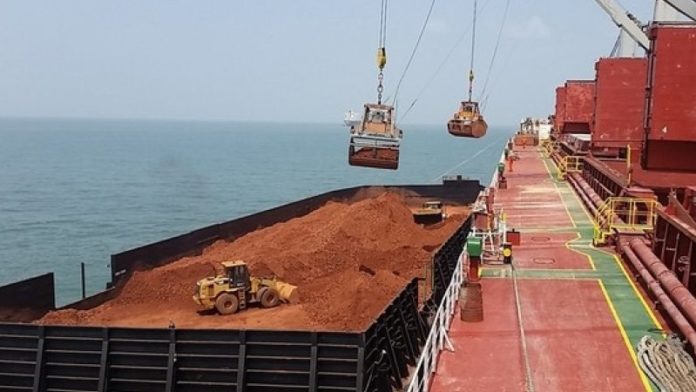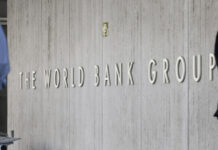
GLENCORE’S marketing division thrived during Covid-19 volatility, but the cost of servicing its carry trades resulted in an increase in net debt – a development that could cost shareholders the reinstatement of the interim dividend.
The Swiss group, which in June was buffeted by another new investigation into its trading activities, also said it had broadened a review of its ferrochrome assets in June as it sought “a more competitive operating cost structure”.
These were some of the key elements of the firm’s trading update today covering its operational performance for the first six months of the 2020 financial year. They included a strong ramp-up in production at Katanga and serendipitous income from gold and silver credits earned from its zinc operations, principally at Kazzinc in Kazakhstan.
Marketing earnings before interest and tax would be a high end of its guided $2.2bn to $3.2bn range owing to “a sizeable increase in carried inventory transactions”. However, the cost of participating in increased carry trades in the oil industry “… has led to an increase in our net debt as at June 30,” Glencore said.
UBS, the Swiss bank, said in a report that whilst Glencore’s operational performance was among several reasons for a re-rating, the increased carry trade – in which a company benefits either in currency or price differentials between separate markets – could see the resumption of the dividend delayed six months.
In March, Glencore postponed its 20 US cents per share cash distribution – equal to $2.6bn – owing to financial risks posed by the Covid-19 pandemic.
Glencore is due to meet next week ahead of its first half financial and operating results presentation on Thursday to discuss the dividend. Net debt was $17.6bn as of December 31, above Glencore’s target range of $10bn to $16bn.
In a potential development that could spell bad news for Merafe Resources, the Johannesburg-listed ferrochrome producer in joint venture with Glencore, there was a further review of South African cost of production.
Glencore said the South African ferroalloys business has “… for some time experienced a structurally worsening competitive environment” owing to increases in the electricity price delivered by Eskom, the state-owned utility. “This is an ongoing process with all alternatives being considered,” said Glencore.
It, therefore, started “a further process … across the entire business to seek a more competitive operating cost structure”. In January, Glencore started a Section 189 process in terms of the Labour Relations Act in South Africa, over its ferrochrome production at Rustenburg which produces about 430,000 tons of Glencore’s total 2.3 million tons a year (Mt/y) smelting capacity.
Several weeks after the partial lifting of lockdown measures in South Africa, Glencore in May decided to keep four additional smelters – Boshoek, Rustenburg, Wonderkop, Lydenburg – and its Kroondal mine in mothballs until market conditions improved. The Lion smelter and Eastern Chrome mines would restart, however.
Merafe has a 20.5% share in the Glencore-Merafe Chrome Venture.
In June, Switzerland’s Office of the Attorney-General (OAG) launched a criminal investigation into the mining and commodities trading company.










